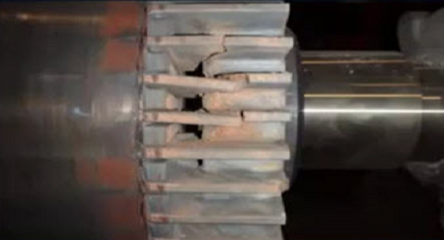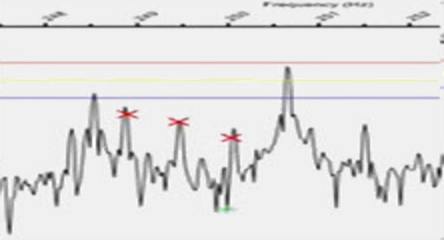About the Author
Richard Scott is the General Manager of ALL-TEST Pro, located in Old Saybrook, Connecticut. He joined ATP in 2004 as a Regional Sales Manager, but first became involved with the ALL-TEST PRO line of motor testing instruments in 2001.






